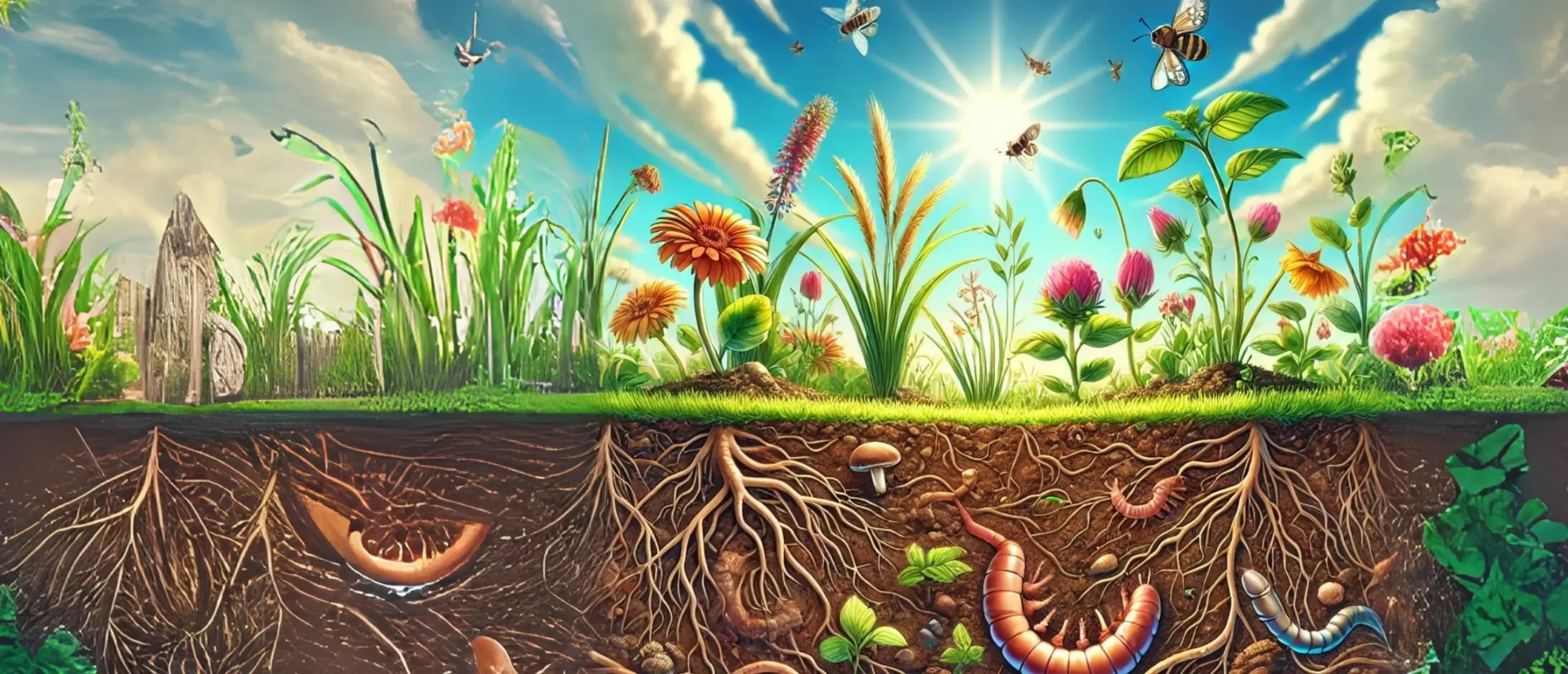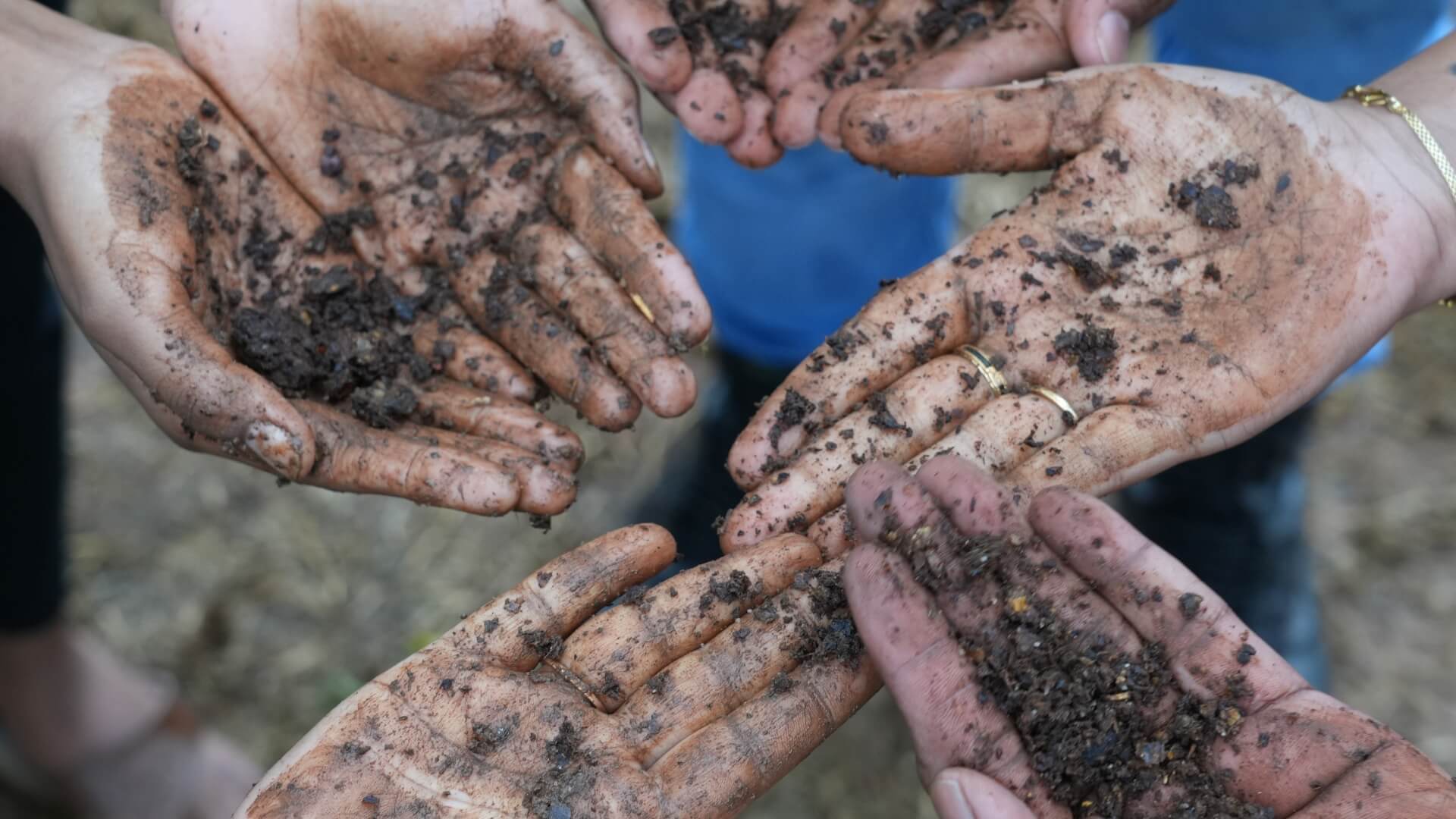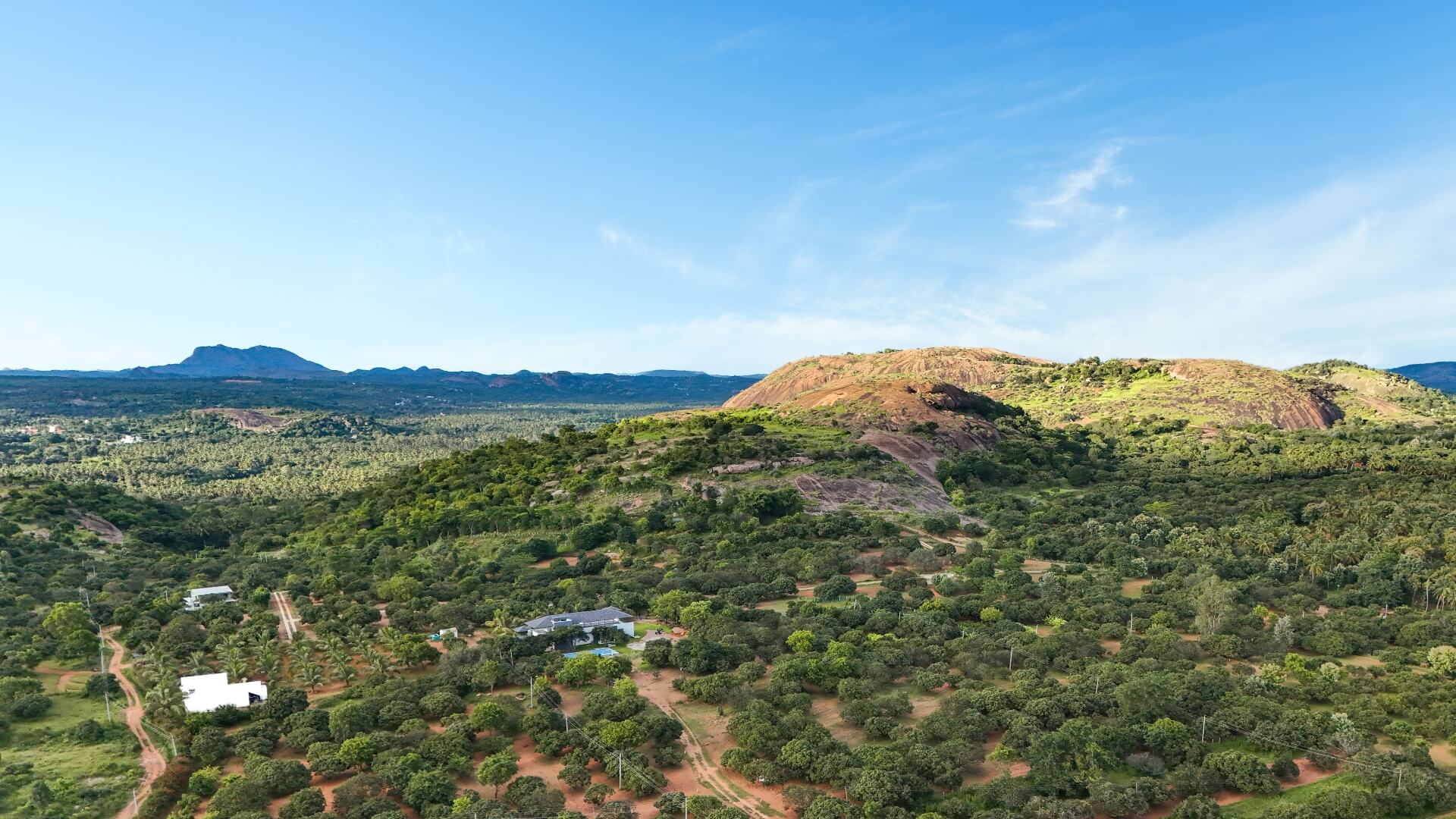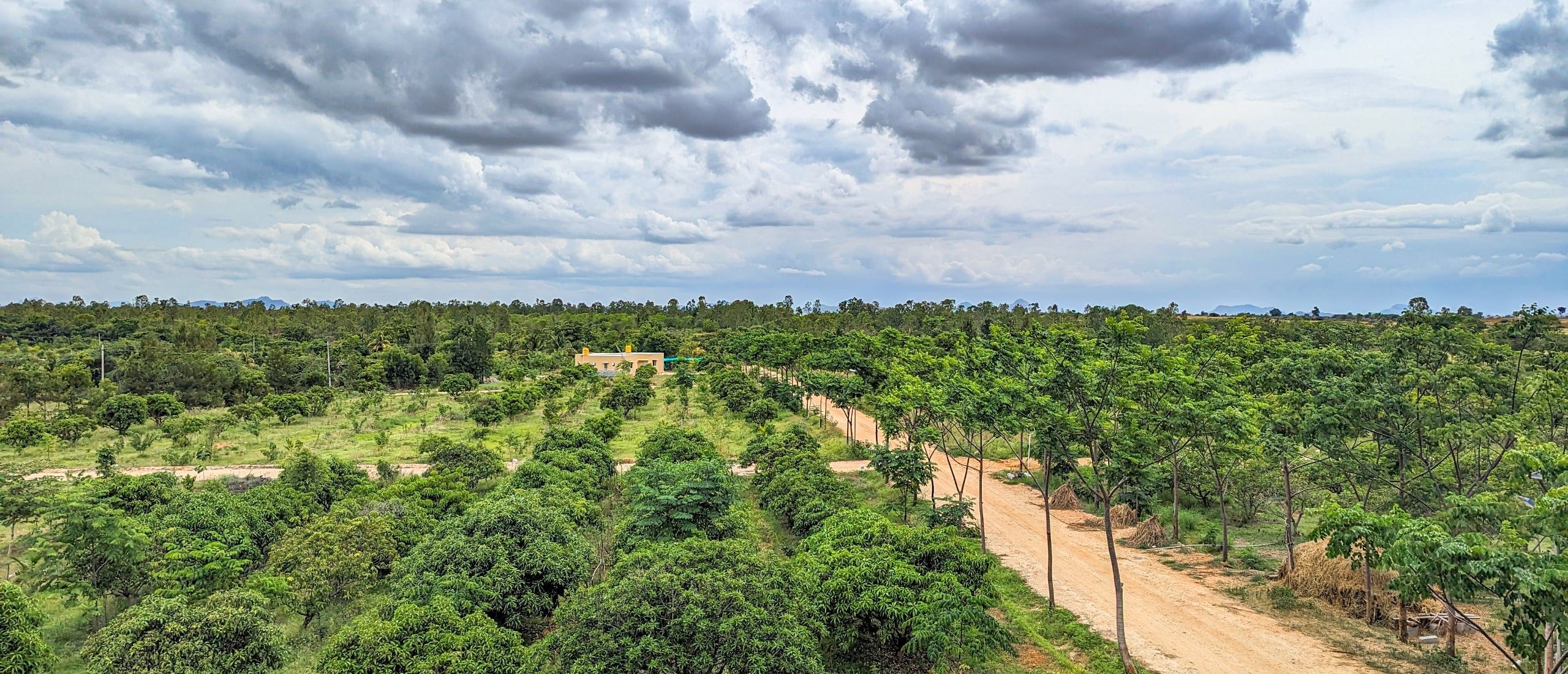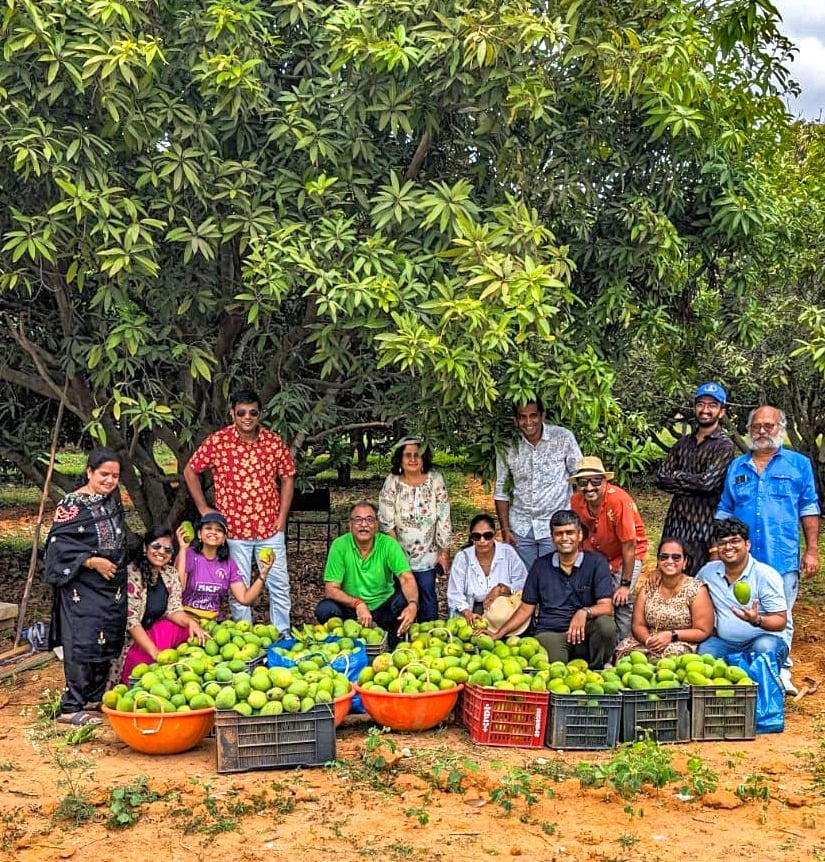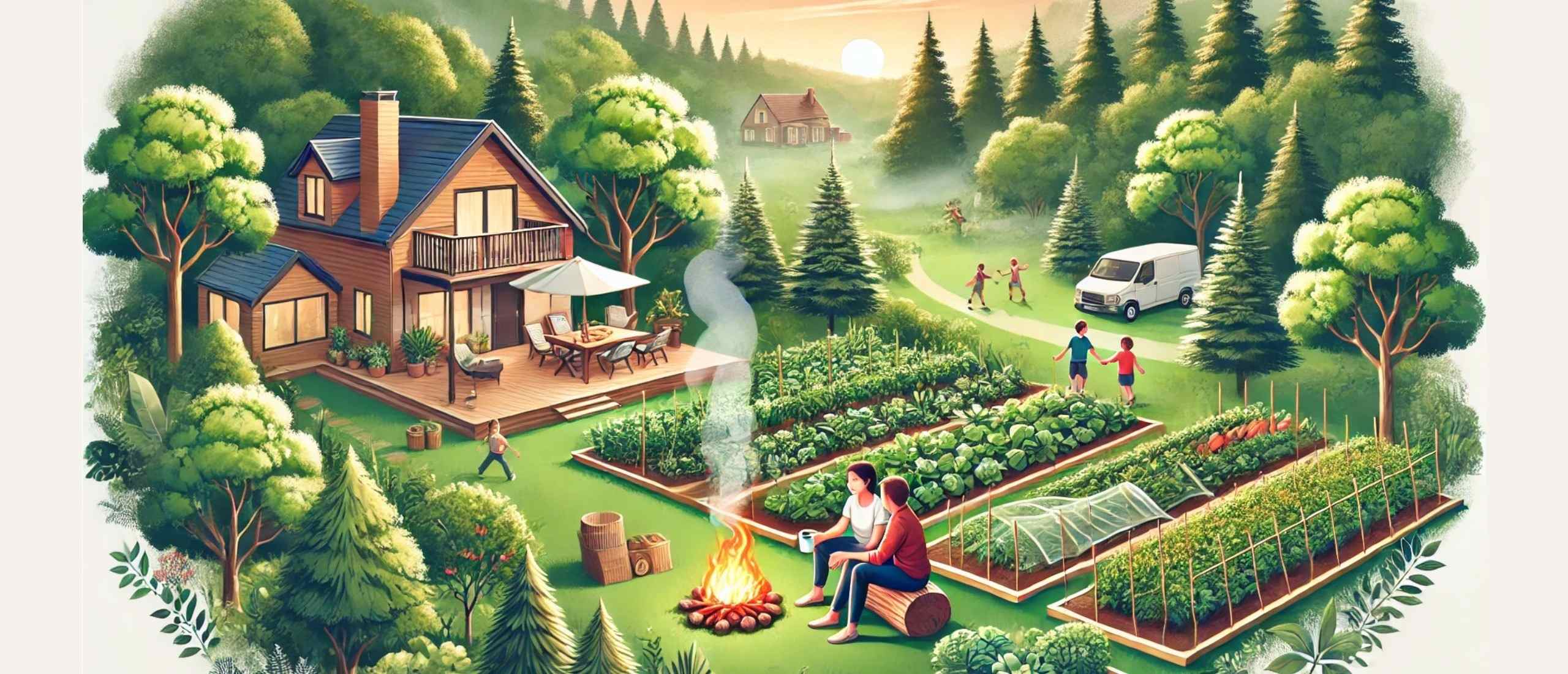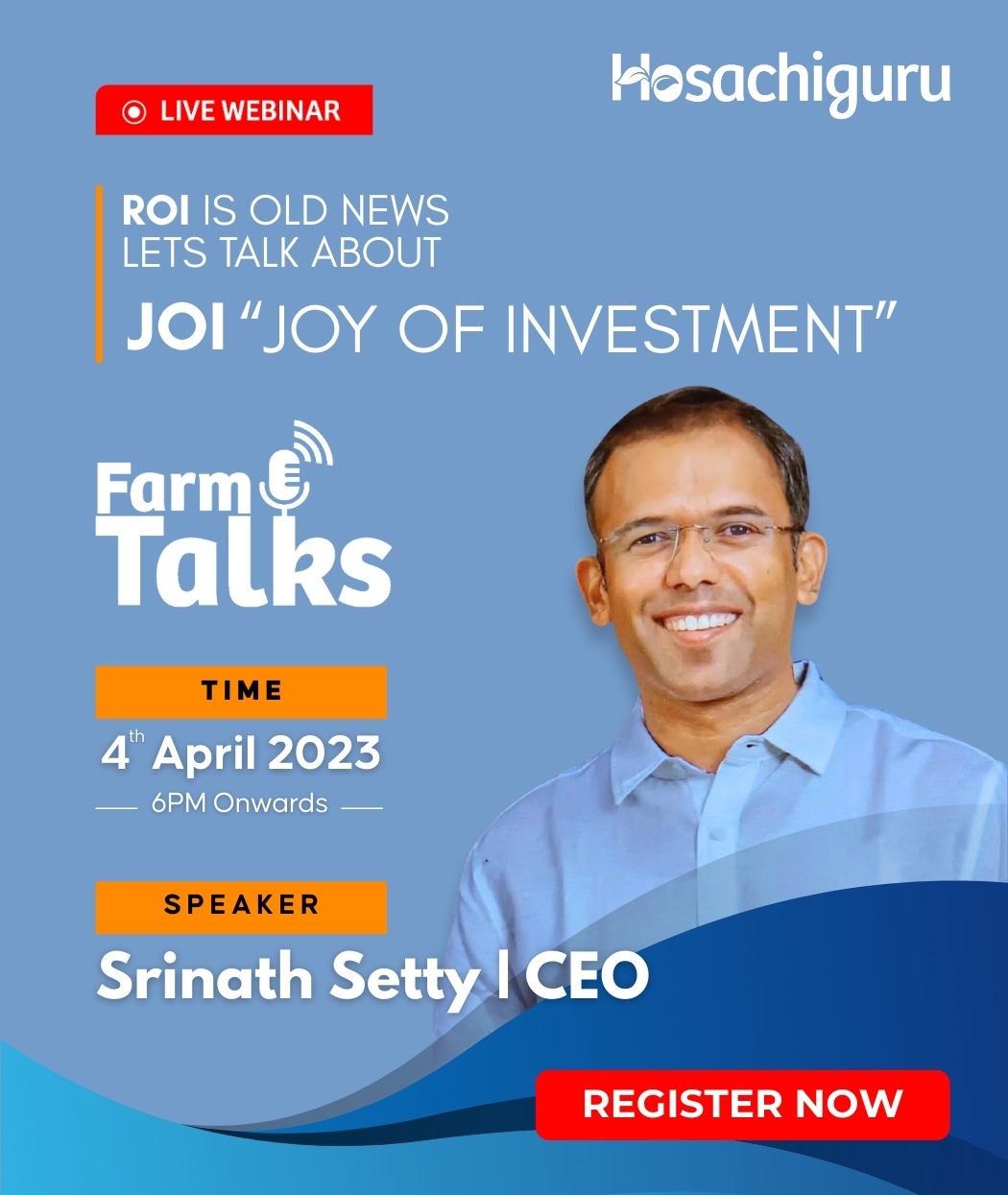May 20, 2024
Author : Anmol Agarwal
4 Mins Read
Imagine wandering through a library, only to find it filled solely with science books. All the fiction, history, philosophy, and literature books are missing. This would certainly feel incomplete. A library is meant to be a diverse haven of knowledge, with each genre playing a crucial role in building our understanding, sparking creativity, and fostering empathy. While science sharpens our analytical skills, without literature, we miss out on the lessons the world around us offers.
Similarly, biodiversity is essential for our survival, just as diverse fields of study are necessary for human growth and learning. Ecosystems thrive on variety, not on the dominance of a single species.
This is the essence of “Vasudhaiva Kutumbakam,” which teaches that the world is one family. This principle urges us to promote unity, peace, and respect for all life forms, recognizing that harming one member of this family impacts us all, sooner or later. By preserving biodiversity, we maintain the balance that sustains all life, much like a well-stocked library supports a full spectrum of intellectual exploration.
As we celebrate International Day of Biological Diversity on May 22nd, let’s explore the critical foundation of biodiversity — the soil — and discover how we at Hosachiguru are dedicating our efforts to nurture this vital component. Through innovative practices such as syntropic farming, establishing food forests, planting native varieties, and implementing no-till agriculture, we are actively working to preserve the delicate balance of nature. Our goal is not just to survive but to thrive.
Building Resilient Ecosystems With Biodiversity
In a world facing climate change, soil degradation, water scarcity, poor air quality, and food security threats, biodiversity is the foundation of a resilient ecosystem. It consists of ecosystem diversity, species diversity, and genetic diversity. These interconnected layers create a robust web of life, allowing ecosystems to adapt to environmental changes and challenges. Diverse plant species support pollinators that enable plant reproduction, essential for food security. This, in turn, sustains various animals, ensuring stable food chains and nutrient cycles.
Biodiversity is like a team where every plant and animal have a role that keeps the ecosystem healthy. Think of it as a web, where everything is connected. Plants produce oxygen and food, which animals need to survive. Animals eat plants or other animals and help plants grow by pollinating them or spreading their seeds. Tiny organisms in the soil break down dead things, returning nutrients to the soil, which helps new plants grow. This cycle continues and keeps our environment balanced. More variety in plants and animals means a stronger team, making our planet healthier and more resilient to changes.
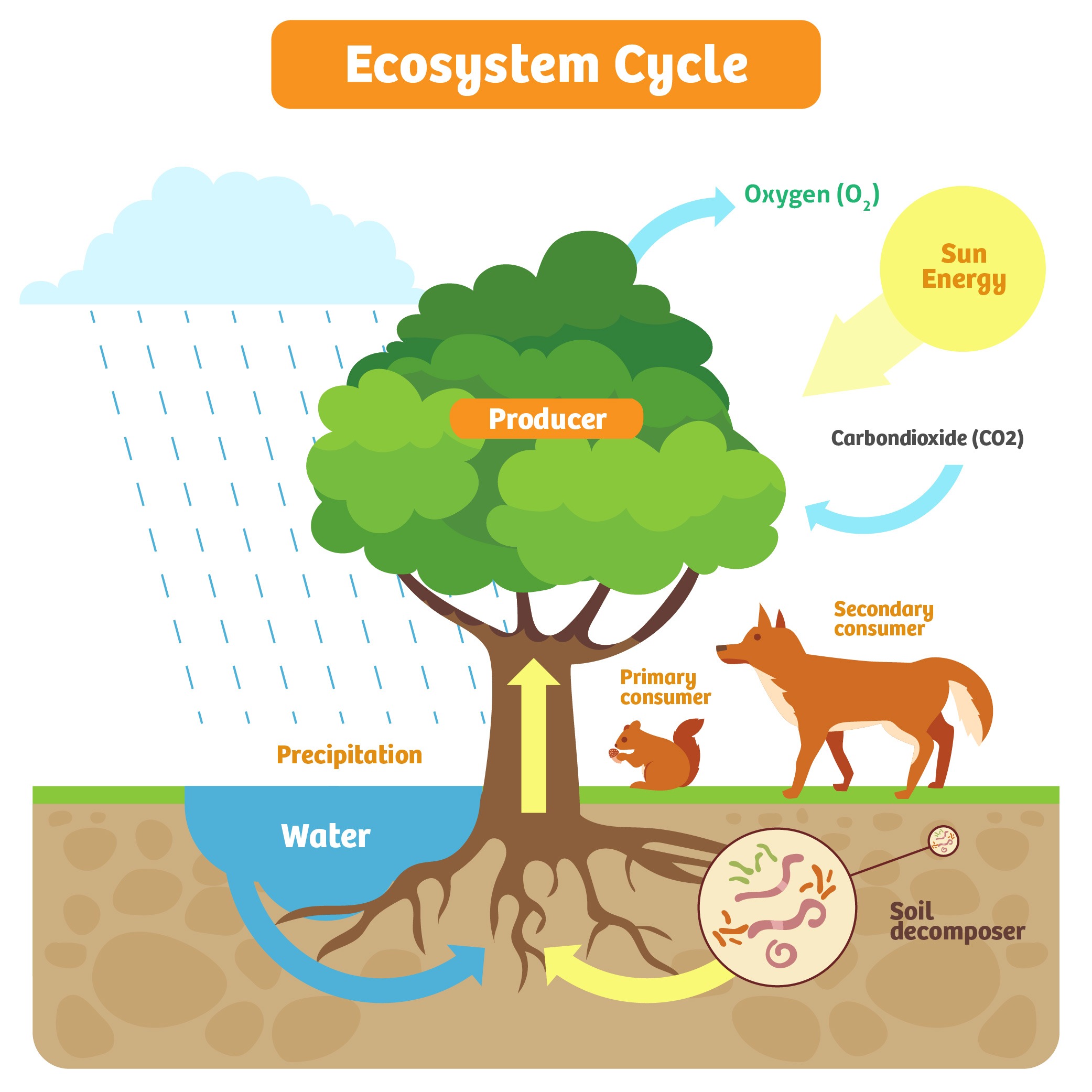
Syntropic Farming: The Path to Enhanced Soil Fertility and Biodiversity
Today, the relentless pursuit of profits has led many to adopt monoculture plantations, as they promise higher yields and meet market demands. However, this practice is one of the most prominent in agriculture. While monoculture is often touted as a solution to today’s food problems, it severely undermines our ecosystem’s health by reducing biodiversity to just a few species or crops.
This simplification of ecosystems leaves numerous ecological niches unoccupied, leading to imbalances in agriculture. These imbalances are often countered with fossil fuel-based pesticides, fertilizers, and mechanization. Such activities contribute significantly to climate change and the depletion of natural resources. Therefore, maintaining a balanced ecosystem and cultivating a variety of species is crucial. This approach not only nourishes the soil, making it healthier, but also enhances the vitality of the plants grown in this soil. When we consume these healthy plants, their enriched nutrients benefit our own health.
This is why, at Hosachiguru Managed Farmlands, we embrace Syntropic Farming—a key component of permaculture that mimics natural processes to create dynamic, economically sustainable ecosystems while restoring depleted soil biodiversity. Syntropic farming’s primary goal is to reforest the planet by promoting crop diversity, akin to the multiple layers found in natural forests. This method optimally utilizes space and resources by mimicking the arrangement of plants found in nature.
The strategic use of organic mulch in syntropic farming helps retain soil moisture, suppresses weeds, and enriches the soil, which ensures its health and vitality. By minimizing soil disruption, this approach preserves microbial activity, maintaining a robust soil cycle. The preference for perennial crops offers long-term benefits, such as preventing soil erosion and ensuring ecological stability.
Syntropic farming aligns with the principles of regenerative agriculture, which aims to continuously enhance soil health and biodiversity. By adhering to these permaculture principles, we not only support biodiversity but also contribute to preserving clean air and soil, leading to healthier eating habits and a more sustainable future for our planet.
Embracing Food Forests for Year-Round Sustainability and Biodiversity
Every element of our environment is intricately connected, and this interconnectedness extends to us. The concept of a food forest is ancient and resurgence in modern times. A food forest is a perennial garden designed to mimic the complex biology of a natural forest. This layered ecosystem comes back year after year, providing a sustainable source of food and other resources.
Food forests are remarkable not only for their resilience but also for their ability to capture carbon, thereby reducing our carbon footprint. Through the products they yield, these systems offer a dual benefit: they help mitigate climate change and provide us with local, sustainable produce.
For instance, at Hosachiguru, to foster a biodiverse ecosystem, the approach goes beyond simple cultivation. Consider the mango trees: rather than relying on synthetic pesticides, we integrate biomass plants, such as legumes, into the system. These plants are not merely passive elements; they actively enrich the environment by drawing nutrients from the atmosphere and the soil. These biomass plants create habitats both above and below ground, establishing a thriving ecosystem. This environment becomes a sanctuary for various insects and fungi, which play a crucial role in balancing pest populations and controlling diseases.
By adopting these practices, we are not only preventing soil erosion but also enhancing soil fertility through the addition of organic matter derived from these plants. This approach ensures that the soil remains healthy and productive, full of the nutrients needed to support a thriving agricultural system.
This method of working with nature rather than against it leads to healthier plants, more resilient ecosystems, and a reduction in the need for chemical interventions. In this way, food forests are more than agricultural techniques; they are a step towards a more sustainable and balanced relationship with our environment.
Hosachiguru’s Commitment to Soil Biodiversity and Sustainability
At Hosachiguru, we are acutely aware of the urgent need to mend our deteriorating relationship with the Earth, which is vital for all life forms. Our first step toward this goal is acknowledging the rich biodiversity beneath us, as over 25% of Earth’s biodiversity is found within the soil. This underground world teems with beneficial bacteria and fungi, with a single teaspoon of soil containing billions of organisms like bacteria, fungi, protists, and archaea. These microorganisms are crucial players in the carbon cycle.
To increase the carbon stored in our soil and enhance its quality, we employ several proven methods:
No-Till Farming: We practice no-till farming on our managed farmlands to keep the soil structure intact, improving its ability to absorb and retain water. This approach allows more rainwater to seep into the soil, reducing runoff and ensuring plants receive enough water, leading to healthier growth with reduced water usage.
Constant Root Presence: We ensure that plant roots are always present, feeding the soil microbes and keeping the underground ecosystem active and efficient.
Planting Native Variety: We select native variety of plants that are adapted to the local climate and soil, require less water and maintenance, and provide the most benefits to local wildlife, including essential pollinators like bees and butterflies.
Promoting Diversity: We embrace plant diversity because varied plant life supports diverse microbial communities that are better at processing and storing carbon. This diversity is beneficial for soil health and crucial for climate change mitigation.
By adopting these practices, we create mutual benefits for the climate and consumers, fostering healthier plants and aiding in effective carbon sequestration. This approach underlines our commitment to restoring the planet and promoting sustainable agricultural practices.















